In the midst of strategizing, we decide the outcome from thousands of miles away. Hello everyone, I am Lin Chao, a global financial market observer, focusing on cryptocurrency market analysis, bringing you the most in-depth trading information analysis and technical teaching.

Yesterday, we analyzed in detail the potential changes in the global economic situation that may arise from Powell's remarks regarding the expected end of "balance sheet reduction." The end of "balance sheet reduction" signifies that the United States will gradually move towards an era of "weak dollarization."
In fact, this is a very complex and controversial topic. First, it is essential to clarify a key point: the official stance of the U.S. government (Treasury, Federal Reserve) has always been to "maintain a strong dollar policy." Therefore, there will be no official documents or statements acknowledging that the U.S. is "promoting weak dollarization."
However, Lin Chao infers through observing its policies and the corresponding market trends since 2025 that, during certain specific periods, the U.S. government, especially the current Trump administration, has shown a tolerant or even welcoming attitude towards the weakening of the dollar. When the Federal Reserve enters a rate-cutting cycle, or even delays interest rate hikes despite high inflation, it leads to a narrowing of the interest rate differential between the dollar and other currencies, which typically puts downward pressure on the dollar. Since 2024, the market has been anticipating that the Federal Reserve will cut interest rates, and although inflation has fluctuated, the Federal Reserve's stance has been interpreted by the market as "dovish," which is seen as a signal of tolerance for a weaker dollar to stimulate the economy.

The backdrop is the continuous occurrence of massive fiscal deficits by the U.S. federal government, with the total national debt constantly breaking historical highs. To cover the deficit, the government needs to issue more national debt. If demand is insufficient, it may need to repay debts by indirectly "diluting" the value of the dollar. Massive deficits and debts are fundamental factors that weaken confidence in the dollar in the long term. When an overly strong dollar harms the U.S. economy, officials will use mild rhetoric to "tacitly" allow the dollar to correct rather than intervene forcefully to support it (this corroborates Powell's increasingly moderate stance in his multiple statements). Not intervening itself is a form of attitude. When the dollar falls, if major economies like the U.S., Europe, and Japan do not intervene jointly, it means they have accepted this trend to some extent. It is important to understand that the U.S. is not "actively promoting" weak dollarization, but rather showing "strategic tolerance" for a weaker dollar during specific economic cycles (such as when economic stimulation, debt pressure relief, or export boosting is needed). This has also prompted many countries, including U.S. allies, to begin seeking alternatives to the dollar, pushing the "de-dollarization" process.
The trend of weak dollarization (or de-dollarization) is likely to constitute a structural benefit for the cryptocurrency market, especially Bitcoin, in the long term. This is why Lin Chao infers that, in the long run, the major bull market in the crypto market is still in the brewing stage. However, the relationship in the short term is more complex and uncertain.
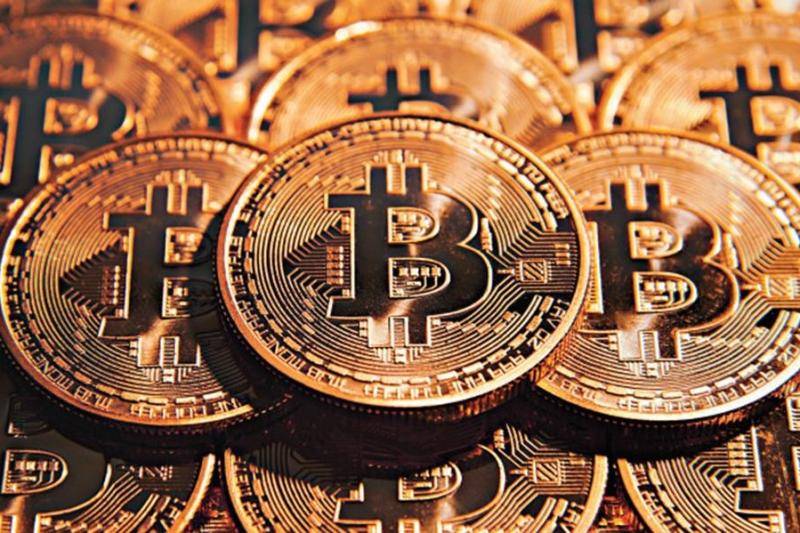
We can analyze this from both short-term and long-term dimensions:
Short-term impact: Complex and uncertain
In the short term, the impact of weak dollarization on cryptocurrency prices is not direct but transmitted through a series of complex macroeconomic chains.
Cryptocurrencies (especially Bitcoin) are priced in dollars. When the dollar index falls, it means that purchasing Bitcoin with other currencies like euros, yen, or pounds becomes "cheaper." This may stimulate demand from investors outside the U.S., thereby pushing prices up. However, this relationship is not absolute. Market risk appetite, the Federal Reserve's monetary policy, and other factors will simultaneously affect both the dollar and cryptocurrencies. For example, when market panic occurs (risk appetite declines), investors may simultaneously sell cryptocurrencies and overseas assets, converting back to dollar cash, leading to a simultaneous decline in both cryptocurrencies and the dollar index. Therefore, it cannot be simply viewed that the dollar index and cryptocurrency prices are purely negatively correlated.
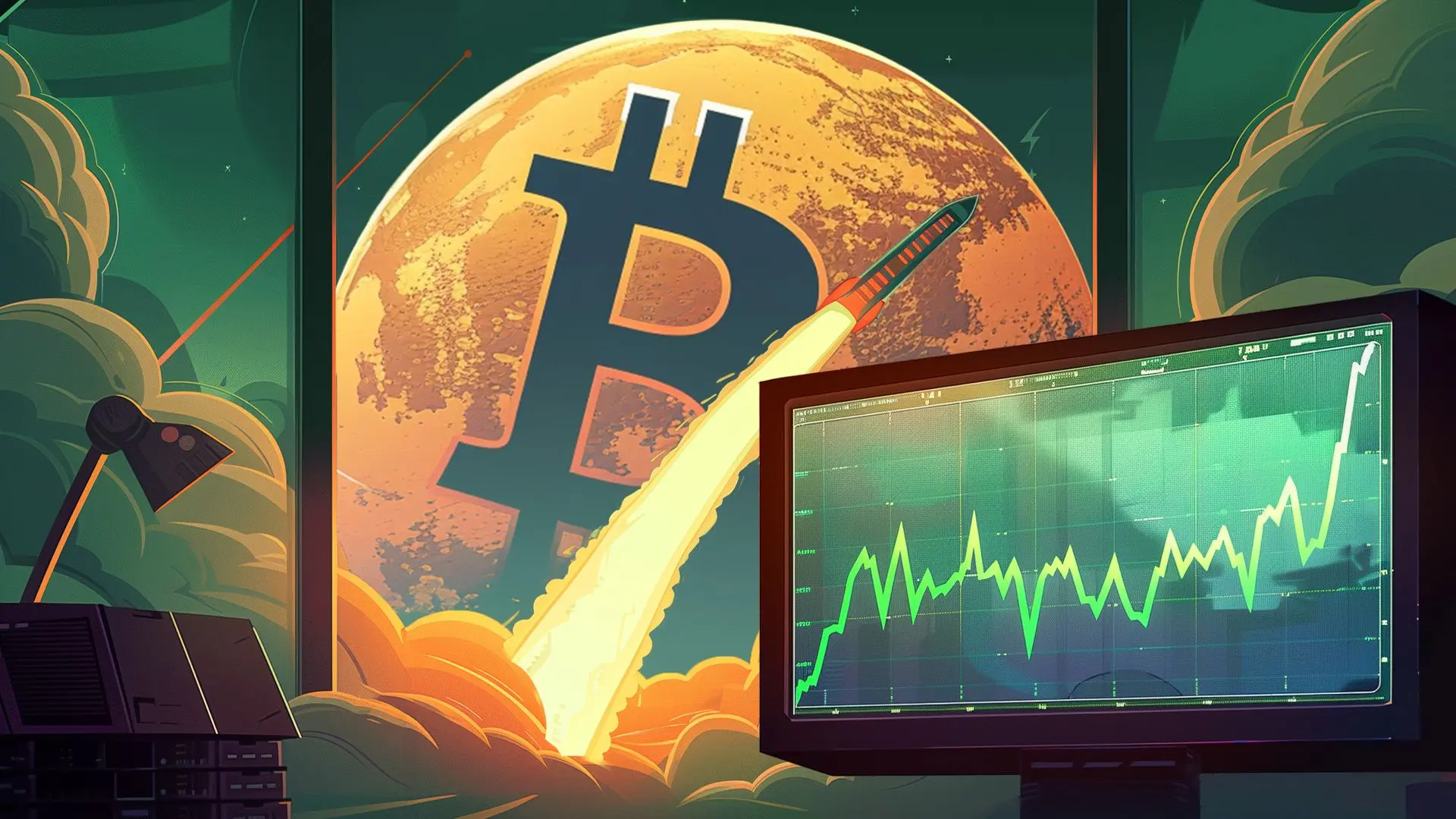
As we all know, the Federal Reserve's interest rate cuts lead to a weaker dollar while simultaneously releasing a large amount of liquidity into the market and lowering the opportunity cost of holding non-yielding assets (such as gold and Bitcoin). This environment is clearly beneficial for cryptocurrencies. When the global economic outlook is positive, investors are more willing to invest in markets outside the U.S. (such as emerging markets), which can also lead to a weaker dollar. At this time, funds may flow more into traditional high-risk assets, and cryptocurrencies, as part of risk assets, may also benefit, but they are not the primary beneficiaries. If investors sell dollar assets due to concerns about excessive U.S. debt, misuse of financial sanctions, etc., they will need to find alternatives. At this point, funds may partially flow into gold or begin to pay attention to Bitcoin as a potential "non-sovereign asset," which also explains why gold prices have been rising continuously, breaking historical highs.
Thus, in the short term, weak dollarization itself does not directly drive prices; rather, it is the underlying monetary policy, risk sentiment, and shaken confidence in the U.S. that play a role. Price fluctuations will be more dominated by macro sentiment and liquidity.
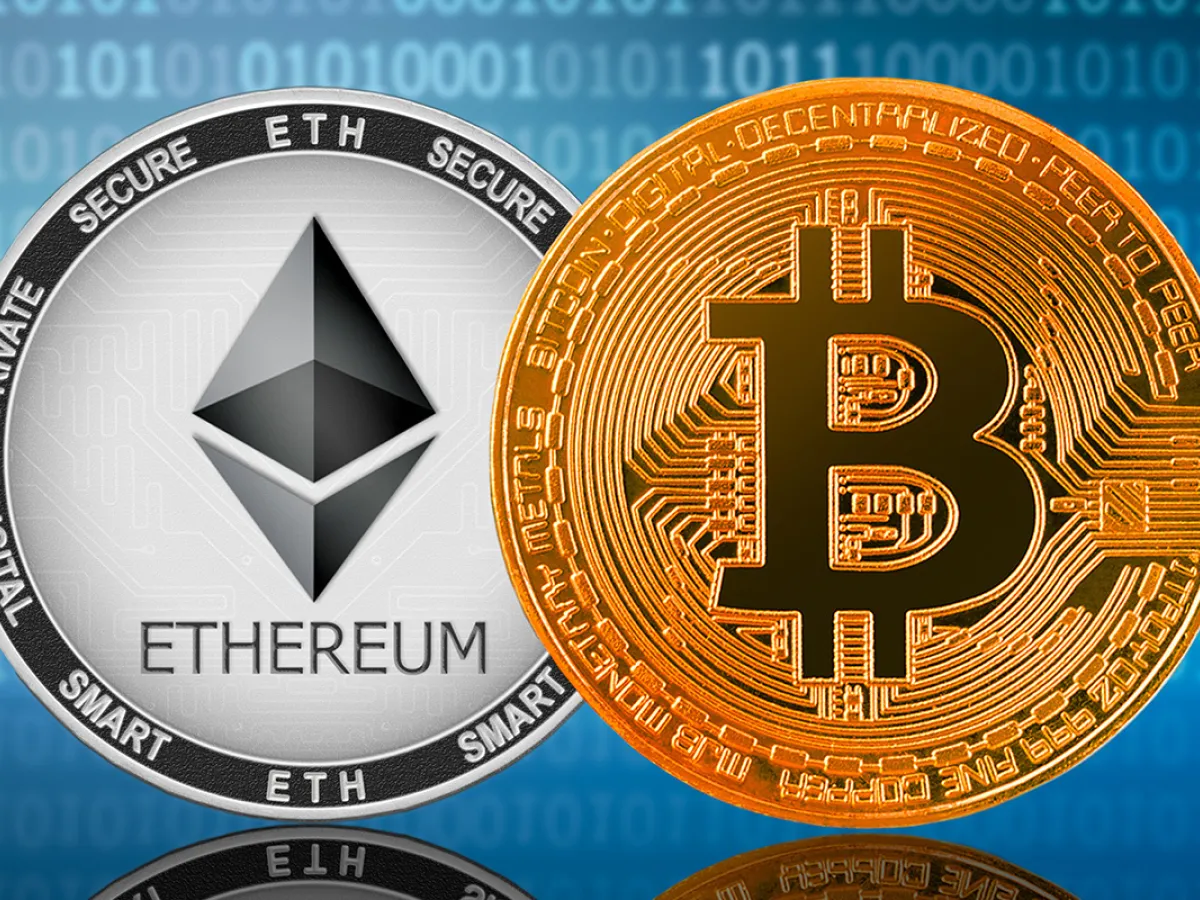
However, if we extend the cycle, it will certainly belong to a structural benefit for crypto assets:
From a long-term perspective (over several years or even decades), if the trend of weak dollarization continues, it will provide a strong fundamental narrative for the cryptocurrency market, especially Bitcoin.
- Alternative demand for value storage (digital gold narrative)
The current global financial system is built on the dollar as the primary reserve currency. If central banks, financial institutions, and ultra-high-net-worth individuals begin to diversify their foreign exchange reserves and reduce their dependence on the dollar, they will need one or more alternatives. The traditional alternative is gold. However, the physical properties of gold (transportation and storage difficulties) are shortcomings in the digital age. Bitcoin, with its digital nature, global circulation, fixed total supply, and independence from any country’s control, becomes a very novel and attractive option. The process of weak dollarization will greatly strengthen Bitcoin's narrative as "digital gold" or "non-sovereign value storage."
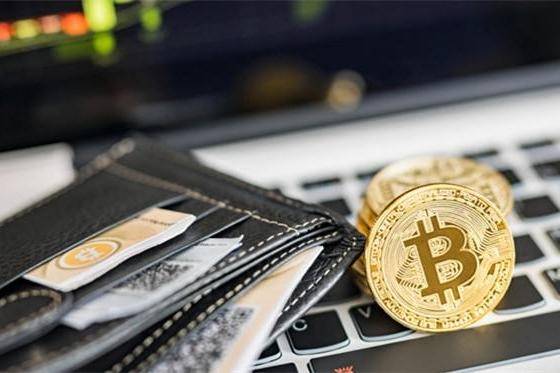
- Alternative demand for international trade and settlement
If countries (especially those under sanctions or with strained relations with the U.S.) seek to bypass the dollar settlement system (such as SWIFT), they will explore alternatives. While the current mainstream solutions are local currency settlements or new regional systems, cryptocurrencies provide a neutral, decentralized, peer-to-peer settlement channel. Although it is currently difficult for cryptocurrencies to become mainstream trade settlement tools due to their volatility, their use in specific scenarios (such as energy trade, trade to evade sanctions) will increase, enhancing their practical value and network effects.
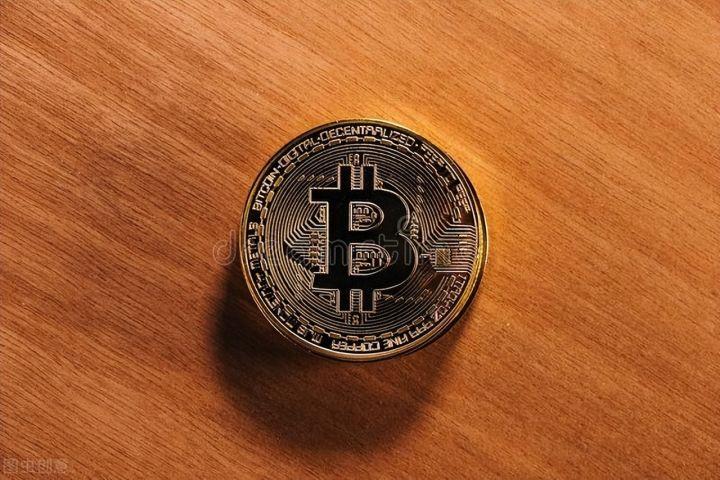
- Hedge against distrust in sovereign currencies
The process of weak dollarization may be accompanied by geopolitical tensions and turmoil in the global financial system. In this uncertainty, individuals and businesses may have concerns about the long-term value of all sovereign currencies (including their own). Bitcoin, as an asset based on mathematics and code, with an immutable supply policy, provides a haven independent of any government credit. This attribute of "hedging against the entire fiat currency system" is extremely valuable during the global order reconstruction represented by weak dollarization.
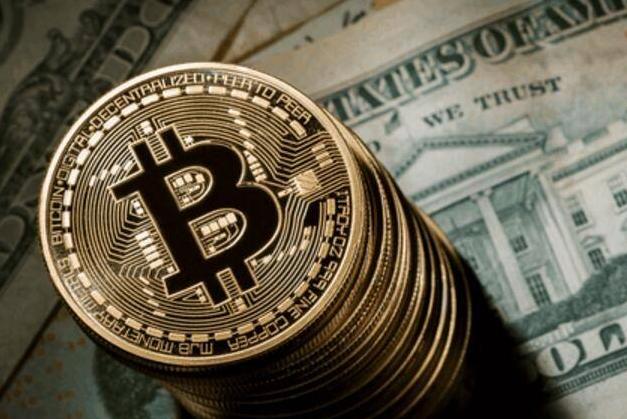
Time Dimension | Impact Mechanism | Impact on Cryptocurrency Market
Short-term (months) | Driven by fluctuations in the dollar index, Federal Reserve policy, and global risk appetite. The relationship is complex, not purely negatively correlated. | Uncertain. May rise due to liquidity easing or fall due to risk aversion. The reasons driving the dollar's weakness are crucial.
In the long run, weak dollarization is one of the strongest driving forces for the cryptocurrency market, especially Bitcoin, moving towards mainstream recognition, as it directly validates the fundamental reason for Bitcoin's existence—providing a reliable value storage and transfer system independent of any national currency system.
There may be short-term declines in the market due to trade frictions between China and the U.S.
There may be short-term price declines due to U.S. geopolitical conflicts.
There may be temporary price risks due to the Federal Reserve's conservative approach.
But I firmly believe that the current trend is positive, and I have not yet seen systemic risks. Trump is working hard to delay the onset of economic recession. At least for now, Lin Chao does not believe that Bitcoin has lost the potential for further increases. Nor does he believe that the bull market belonging to Bitcoin has come to an end. Of course, I could be wrong, but this is my understanding, and I am willing to pay for my understanding.
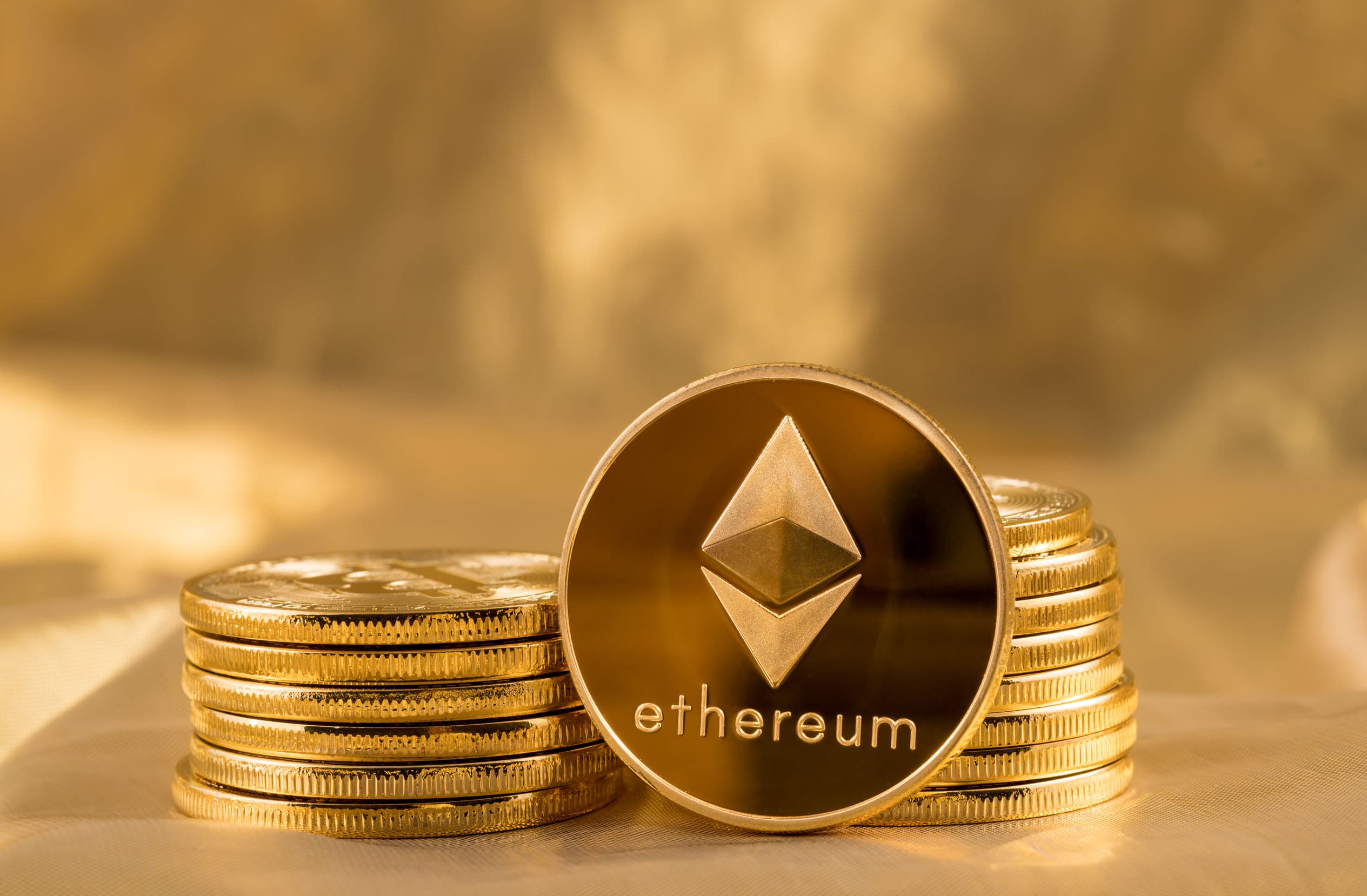
If you are feeling lost—unable to understand technology, unsure how to read charts, not knowing when to enter the market, unable to set stop losses, not understanding take profits, randomly increasing positions, getting stuck in bottom fishing, unable to hold onto profits, missing out on opportunities… these are common problems for retail investors. Lin Chao can help you establish the correct trading mindset. A single profitable trade is worth more than a thousand words, and finding the right direction is better than repeatedly failing. Instead of frequent operations, it is better to strike accurately, making each trade more valuable.
The success of investment depends not only on choosing good targets but also on when to buy and sell. Preserving capital and making good asset allocation is essential for steady progress in the ocean of investment. Life is like a long river flowing into the sea; what determines victory or defeat is never the gains and losses of a single pass or a momentary profit and loss, but rather planning before action and knowing when to stop to gain.
The global market is ever-changing, and the world is a whole. Follow Lin Chao to gain a top-tier global financial perspective.
This article is merely a personal opinion and does not constitute any trading advice. The cryptocurrency market carries risks; invest cautiously!

For real-time consultation, feel free to follow the public account: Lin Chao on Cryptocurrency.
免责声明:本文章仅代表作者个人观点,不代表本平台的立场和观点。本文章仅供信息分享,不构成对任何人的任何投资建议。用户与作者之间的任何争议,与本平台无关。如网页中刊载的文章或图片涉及侵权,请提供相关的权利证明和身份证明发送邮件到support@aicoin.com,本平台相关工作人员将会进行核查。




